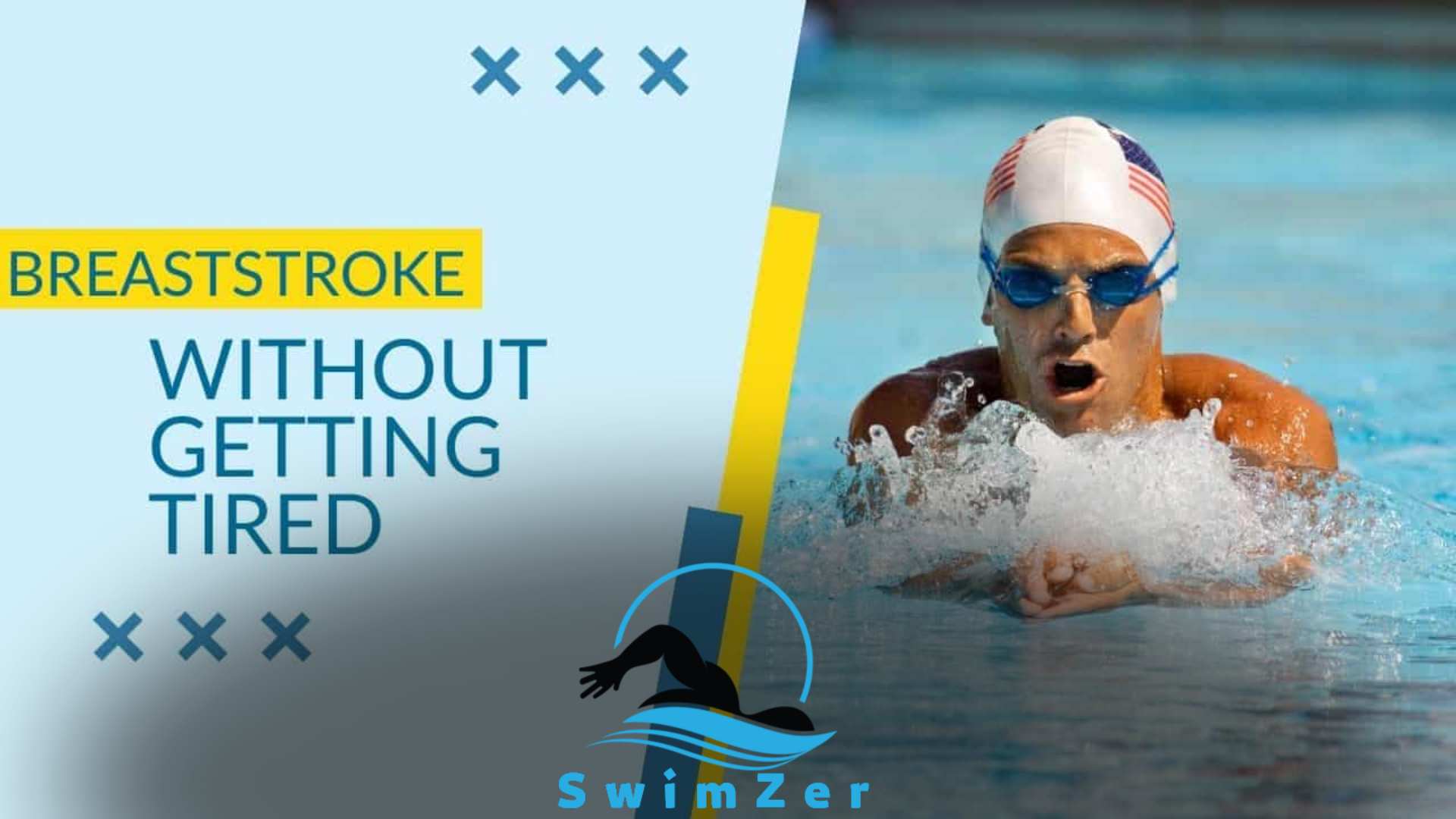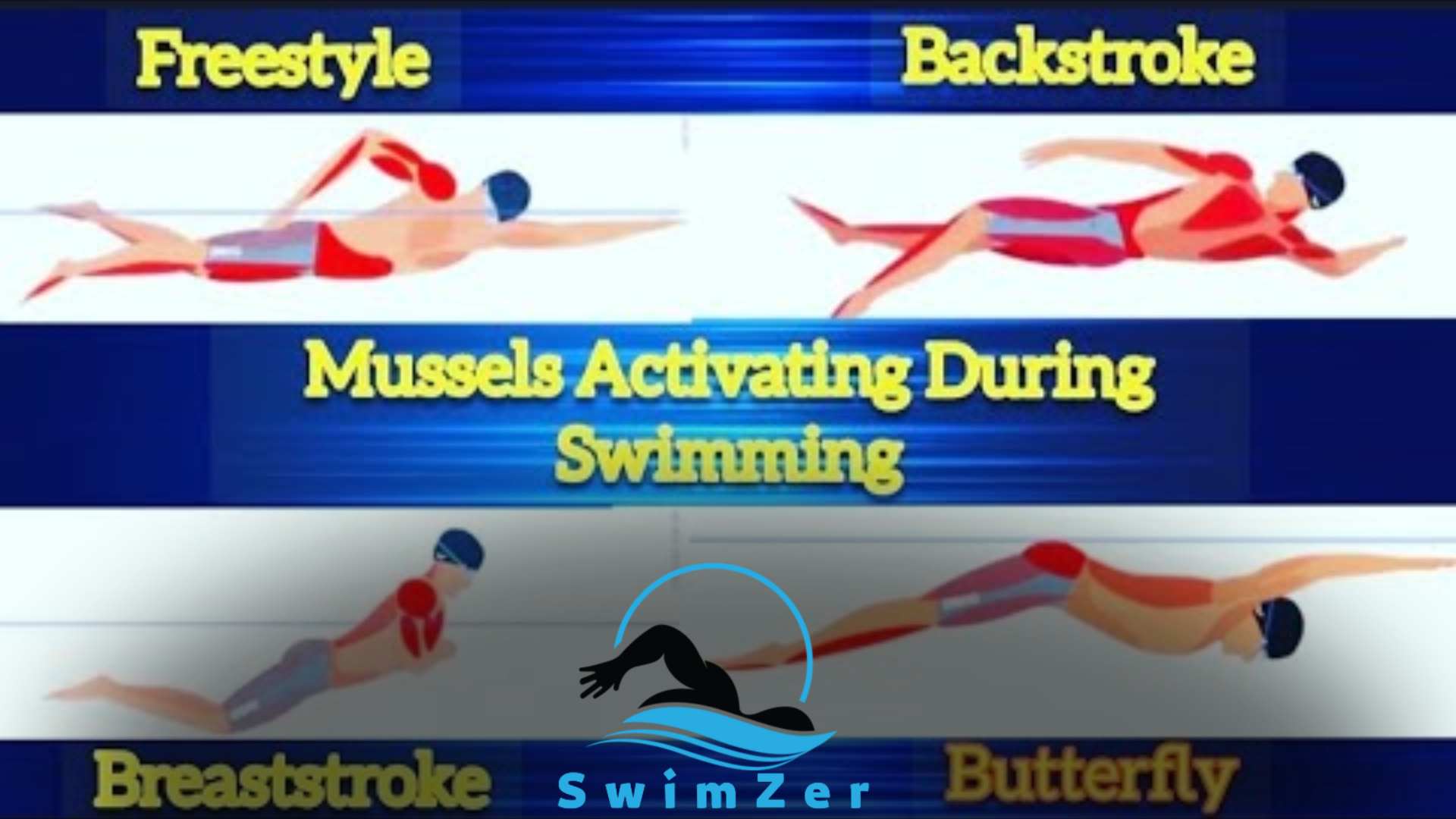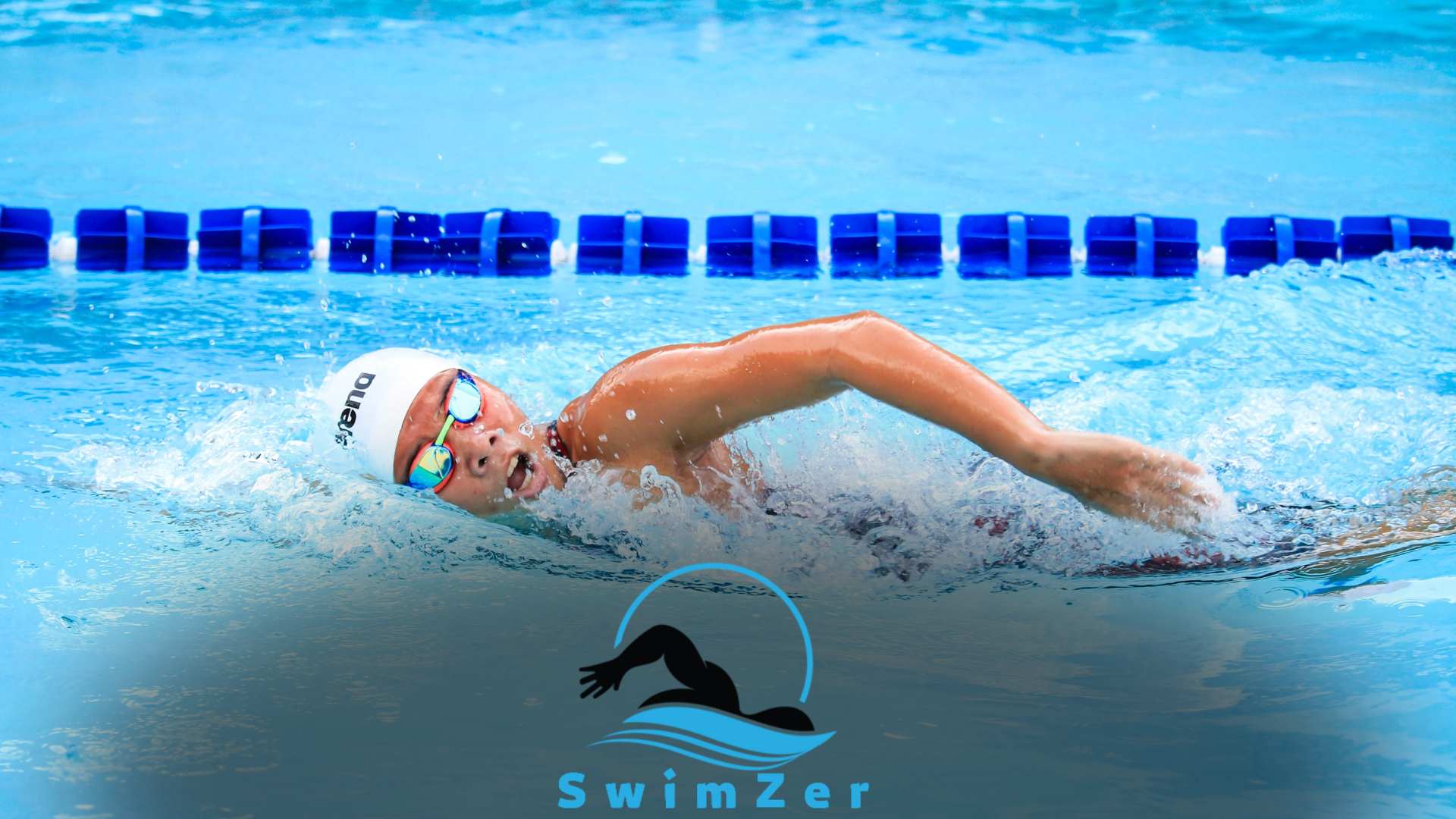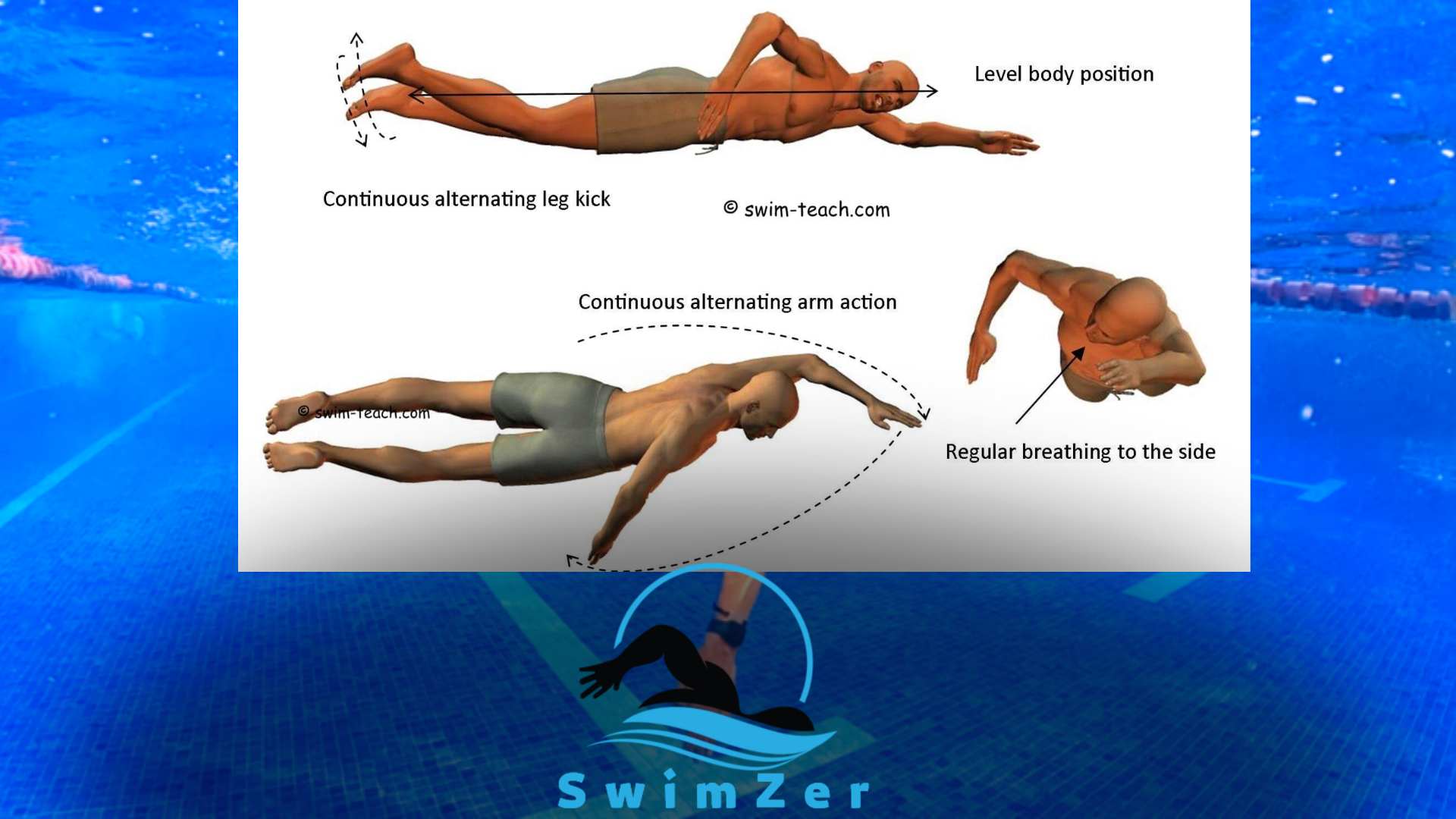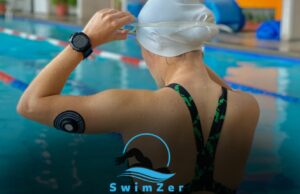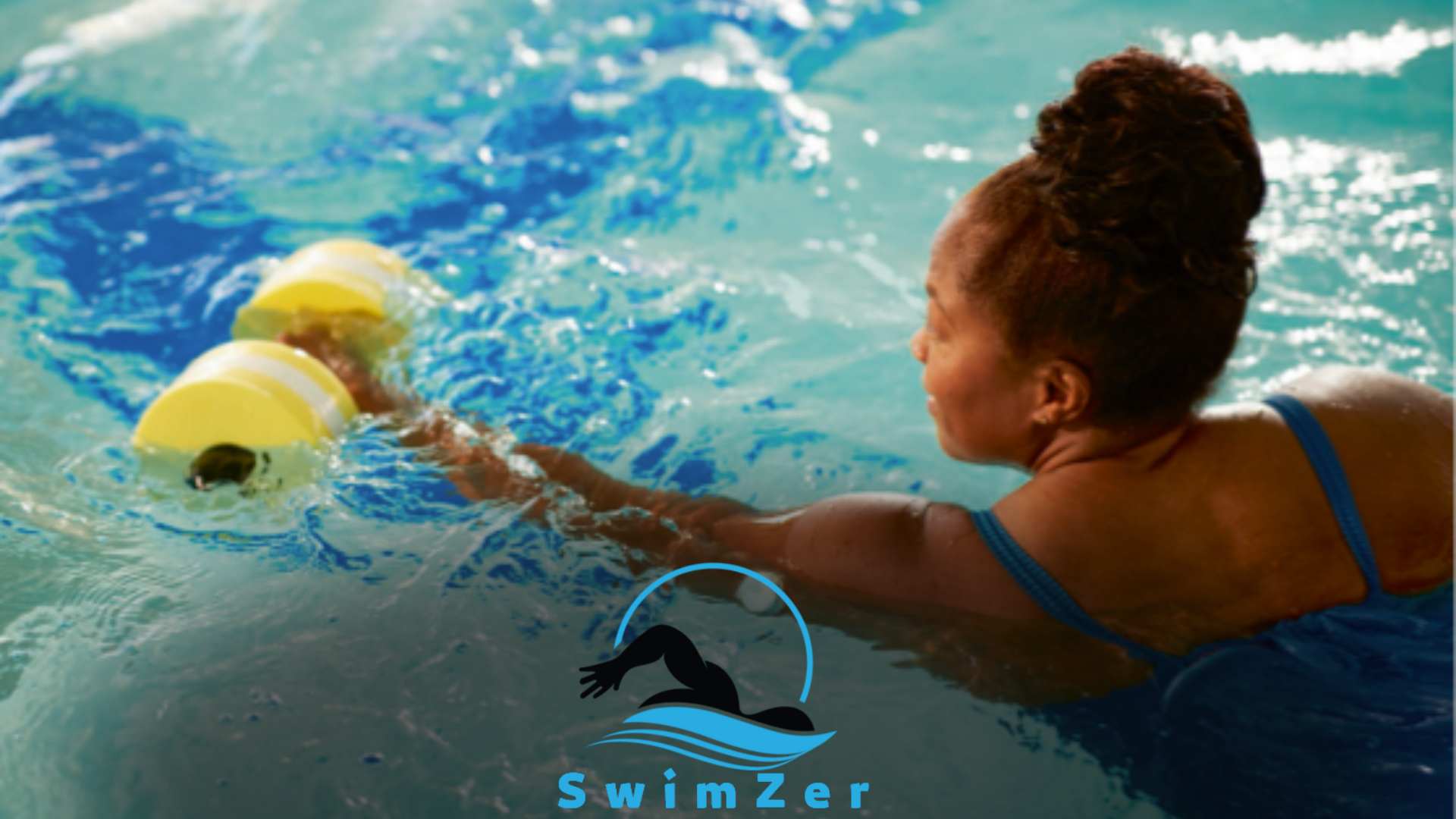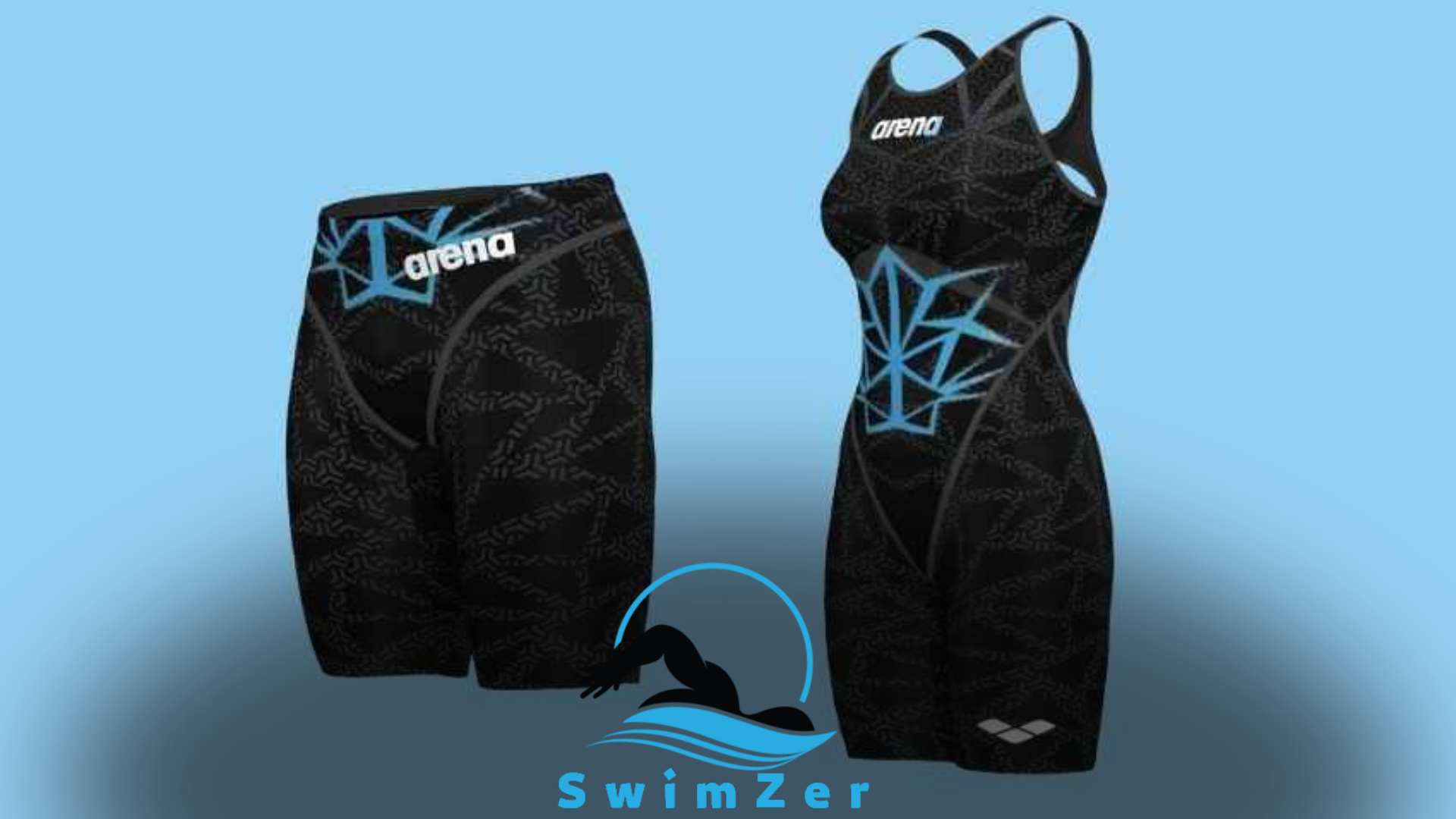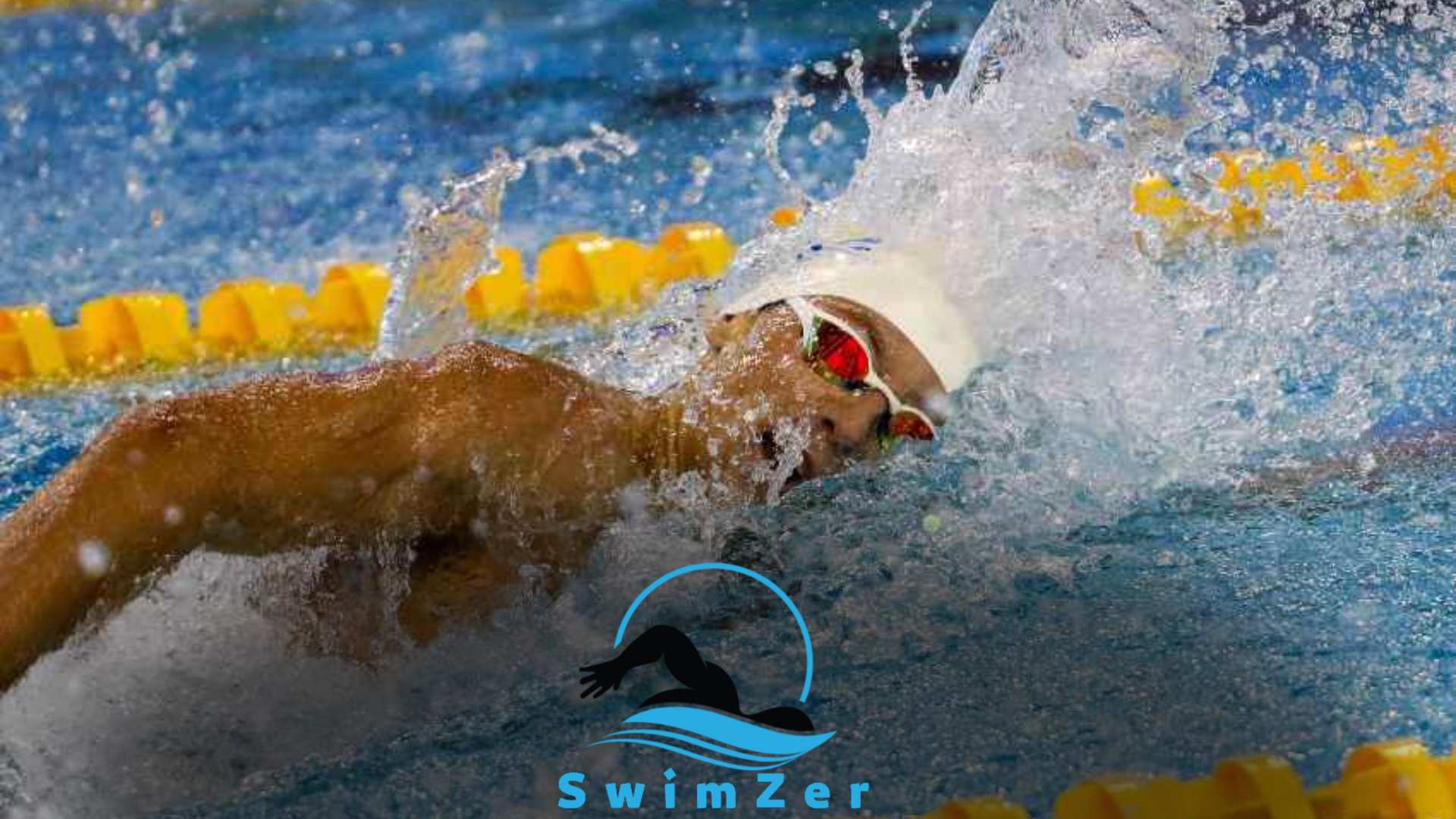To swim breaststroke without getting tired, focus on your technique and breathing rhythm. Start by keeping your head aligned with your body, and maintain a relaxed body position.
Coordinate your arm movements with your kick, and remember to breathe every stroke. Additionally, performing regular cardiovascular exercises and building your overall stamina will help you swim breaststroke without fatigue.
By improving your technique, maintaining a steady breathing rhythm, and building your stamina, you can enjoy swimming breaststroke for longer durations without feeling tired.
Master the Breaststroke Technique
To swim breaststroke without feeling exhausted, it’s crucial to master the technique. The key to avoiding fatigue lies in understanding the importance of proper technique.
Proper body position and alignment are essential for efficiency in the water. The arms should move synchronously, with precise timing and strong pulls.
Coordinating the leg kick is equally important, providing propulsion and stability. By focusing on these aspects, swimmers can effortlessly minimize energy expenditure and swim breaststroke.
With practice and dedication, it’s possible to enhance stamina and swim longer distances without getting tired.
Breaststroke is a unique swimming style with numerous benefits. Dive deeper into the Advantages of the Breaststroke.
Build Endurance Through Training
Building endurance through training is crucial for swimming breaststroke without getting tired. Conditioning is vital in this process, allowing swimmers to work on their stamina.
To achieve this, a structured training routine is necessary. It helps swimmers gradually increase their endurance levels over time.
Incorporating drills into the routine is also beneficial as they enhance stamina and improve overall performance. Interval training, with alternating periods of intense and moderate exercise, is another effective method to boost endurance.
By following these guidelines and incorporating conditioning exercises into their swimming routine, individuals can improve their breaststroke technique and swim longer without experiencing fatigue.
Ultimately, with consistent training and focus on endurance, swimmers can achieve their goals of mastering the breaststroke stroke.
Breathing Techniques for Efficient Swimming
Swimming breaststroke without feeling exhausted requires efficient breathing techniques. Proper timing and coordination of your breaths are essential to conserve energy.
Mastering effective breath control helps prevent breathlessness during a stroke. One technique is exhaling underwater while extending your arms forward.
This ensures you take a full breath when your face returns above water. Another strategy is to avoid holding your breath and exhale gradually throughout the stroke.
By doing this, you maintain a steady supply of oxygen to your body, reducing fatigue.
To improve your endurance, practice these breathing techniques during your swim sessions. With time and consistency, you’ll swim breaststroke effortlessly without getting tired.
Different strokes can have varying impacts on the body. Discover which is the Best Swimming Stroke for Lower Back Pain.
Optimizing Performance With Strength and Flexibility
Swimming breaststroke without fatigue requires optimizing performance through strength and flexibility. The importance of these two factors cannot be overstated.
Incorporating dryland exercises specifically designed for breaststroke can significantly improve muscle strength and endurance.
Including stretching routines in your swim training can enhance flexibility, leading to more efficient strokes and reduced strain on the body.
In addition, cross-training activities, such as running or cycling, can improve overall fitness and support your performance in the pool.
By focusing on strength and flexibility, swimmers can enhance their ability to swim breaststroke without experiencing excessive fatigue, ultimately improving their swimming performance.
Mental Strategies to Conserve Energy
Swimming breaststroke efficiently and without tiring requires mental strategies that conserve energy. Relaxation techniques promote a calm mindset that aids in endurance.
Visualizing smooth, efficient movements helps optimize swim strokes. Focusing on rhythm and pacing maintains a steady pace, preventing exhaustion.
Engaging in positive self-talk builds mental toughness, boosting confidence and motivation. Practicing these mental strategies alongside physical training is key to mastering breaststroke while conserving energy.
So, get ready to improve your technique and swim longer with less fatigue!
Tips for Efficient Turns and Transitions
Swimming breaststroke without getting tired requires efficient turns and smooth transitions. To streamline body position, focus on maintaining a horizontal alignment.
Quick and efficient turns play a crucial role in saving energy. Practicing both open turns and flip turns can improve your overall swimming technique.
Remember, a streamlined body position minimizes drag and allows you to move through the water effortlessly. Smooth transitions between strokes help maintain momentum and prevent exhaustion.
By mastering these techniques, you can swim breaststroke without getting tired and enjoy a more efficient and enjoyable swimming experience.
So, keep practicing and refining your turns and transitions to level up your breaststroke game.
Fine-Tuning Your Swim Stroke
Fine-tuning your swim stroke is crucial to swimming breaststroke without getting tired. One effective method is to utilize a swim coach or instructor who can provide guidance and feedback.
Another helpful tool is video analysis, which allows you to identify and correct stroke errors.
You can improve your technique by addressing common mistakes like incorrect arm and leg movements. Additionally, continuous refinement is essential for better efficiency in swimming breaststroke.
Focus on maximizing your power and minimizing resistance to conserve energy during your swim.
You can swim breaststroke effortlessly and without feeling tired with practice and guidance.
Regular swimming can lead to significant changes in your physique. Learn about the Physical Transformation Through Swimming.
Nutrition and Hydration for Swimmers
Swimmers often underestimate the importance of proper nutrition and hydration for optimal performance. Pre- and post-workout nutrition is crucial to fuel the body and assist in muscle recovery.
It’s important to consume a balanced meal or snack before hitting the pool and replenish with protein and carbohydrates afterward.
Hydration guidelines for swimmers recommend drinking water before, during, and after swim sessions to avoid dehydration. Swimmers should aim to drink enough water to quench their thirst without overdoing it.
During competitions, nutritional considerations play a key role in sustaining energy levels.
Consuming easily digestible foods and staying hydrated throughout the day is essential. By paying attention to nutrition and hydration, swimmers can enhance their endurance and prevent fatigue in the pool.
Avoiding Overtraining and Injury Prevention
Swimming breaststroke without getting tired requires avoiding overtraining and injury by prioritizing rest and recovery. It’s important to listen to your body and not push it too hard.
Balancing training with regular rest days is essential to prevent fatigue and muscle strain.
Incorporating injury prevention exercises and taking precautions minimizes the risk of injury. You can swim breaststroke with more endurance and less fatigue by giving your body time to recover and repair.
Remember to pace yourself, give importance to rest, and take necessary precautions for a safer and more enjoyable swimming experience.
Tracking Progress and Setting Goals
Swimmers can enhance their breaststroke endurance by tracking progress and setting achievable goals. Analyzing performance data enables swimmers to identify areas of improvement and make necessary adjustments.
Setting realistic goals helps maintain motivation and gradually improve stamina. Celebrating achievements and milestones along the way further boosts confidence and keeps swimmers inspired.
By monitoring their swim workouts and measuring their growth, swimmers can track their progress effectively.
By setting small, attainable goals and rejoicing in reaching them, swimmers can stay motivated and avoid fatigue during breaststroke swims.
So, keep track, set goals, celebrate achievements, and swim breaststroke without getting tired!
Frequently Asked Questions
How Can I Swim Breaststroke Efficiently Without Getting Tired?
To swim breaststroke without getting tired, focus on proper technique, pacing yourself, and building endurance through regular practice.
What Are Some Common Mistakes to Avoid While Swimming Breaststroke?
Common mistakes to avoid while swimming breaststroke include lifting your head too high, overexerting your arms, and kicking too forcefully.
What Exercises Can I Do to Improve My Breaststroke Stamina?
To improve your breaststroke stamina, incorporate exercises such as lunges, squats, and cardio workouts like swimming laps or jogging.
Is Breath Control Important in Swimming Breaststroke?
Yes, breath control is crucial in swimming breaststroke. Practice inhaling during the glide phase and exhaling when your face is underwater.
How Often Should I Practice Swimming Breaststroke to Improve My Endurance?
Aim to practice at least 2-3 times a week to improve your swimming breaststroke endurance, gradually increasing the duration and intensity of your sessions.
Conclusion
Swimming breaststroke can be an efficient and enjoyable way to stay fit and healthy.
You can swim breaststroke without getting tired by following the tips mentioned in this blog post, such as maintaining a steady and relaxed rhythm, improving your technique, and incorporating proper breathing techniques.
It’s important to remember that consistency is key, and with regular practice, you will build endurance and strength in your muscles, allowing you to swim longer distances without feeling fatigued.
Additionally, don’t forget to warm up properly before each swim and take breaks when needed to avoid overexertion.
So jump in, enjoy the water, and practice these techniques to become a stronger and more confident breaststroke swimmer. Happy swimming!

